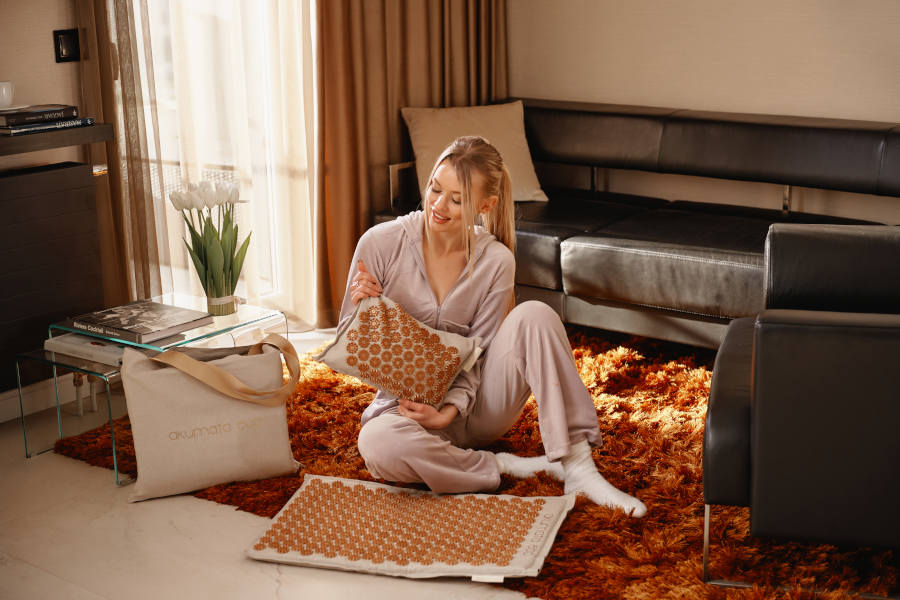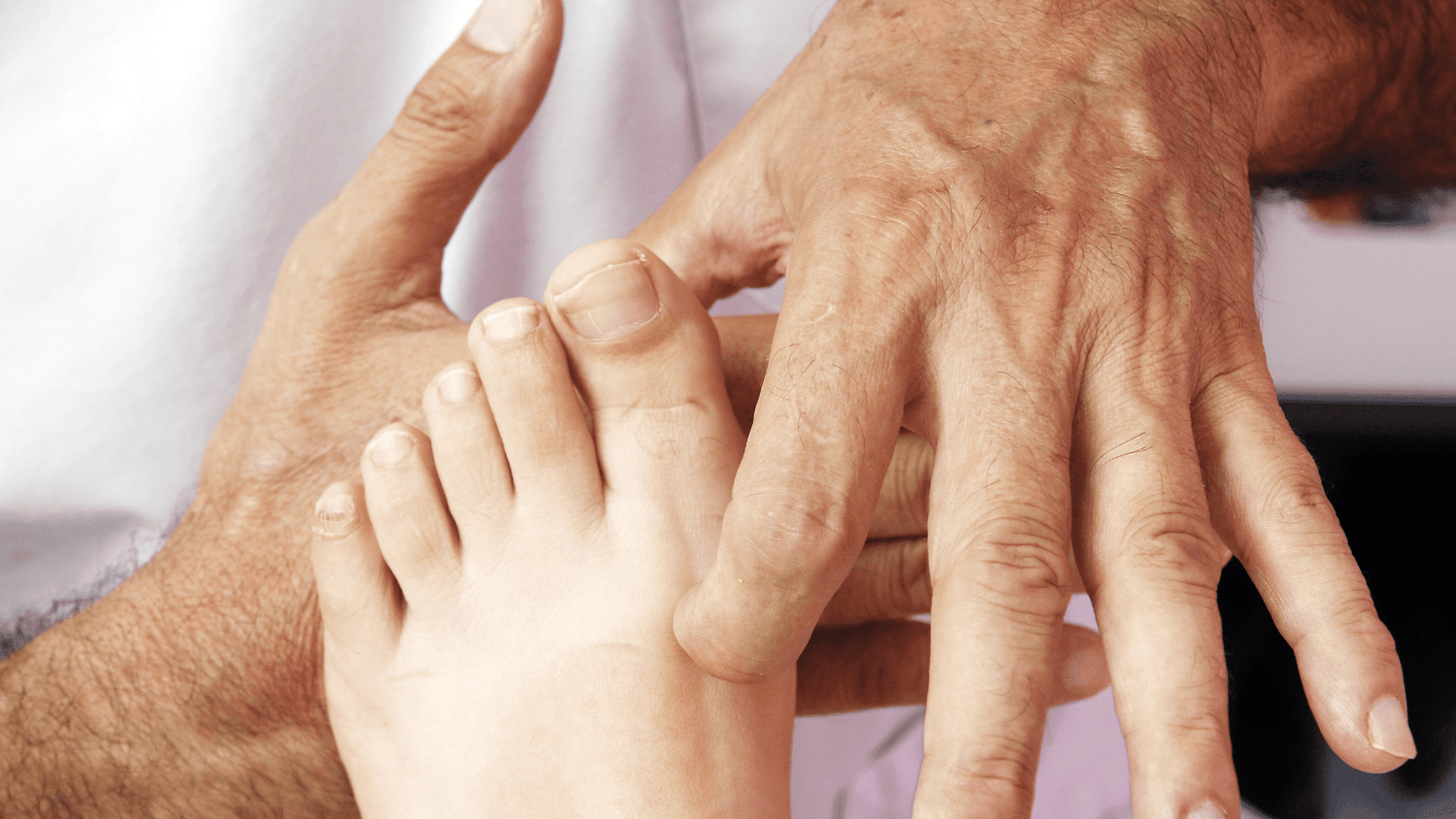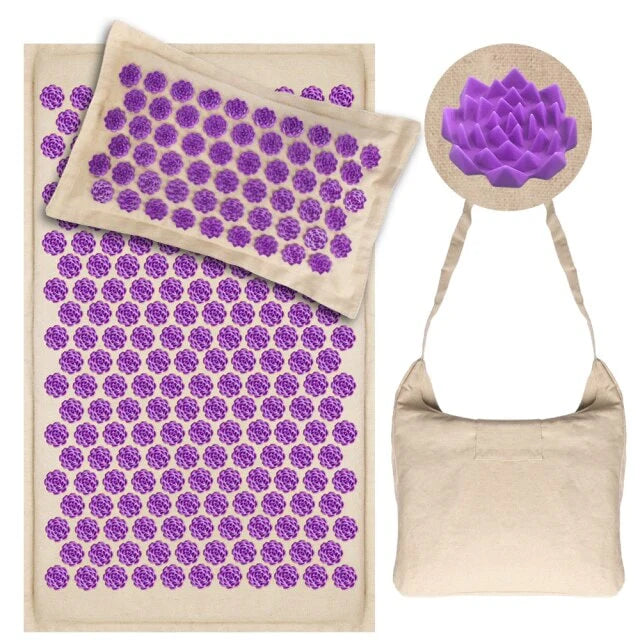Reflexology involves activating "reflex zones" by massaging them with a fingertip. The aim is to relieve pain at a distance and rebalance various vital functions. In the case of foot reflexology, these famous zones are located on the feet.
Reflexologists consider that each zone is associated with a specific organ, body part or gland. The foot reflexology map is very detailed indeed! That said, some practitioners prefer to practise palmar, facial or even auricular reflexology.
The principle is exactly the same, except that the reflex zones are located on the hands, face and ears respectively.
What does the map of our feet look like?
In simple terms, all the organs located in the left half of the body, such as the spleen, are connected to reflex zones in the left foot. Similarly, organs located on the right, such as the gall bladder, are connected to zones on the right foot.
As for even-numbered organs (e.g. lungs) and those located more in the middle of the body, such as the stomach, they are "present" on both feet!
To give you an idea of the map's degree of precision, even the toes are divided into several zones: it would thus be possible to act on the neck, nose, throat or pituitary gland (brain gland) by massaging precise points on the big toe.
Why use this alternative medicine?
Foot reflexology is mainly used to relieve stress, tension and muscular pain. It can be used, for example, for backache or neck pain. But it has many other applications.
Indeed, this alternative medicine is also used to relieve functional disorders (e.g. premenstrual syndrome, constipation), reduce the frequency of migraines, combat sleep disorders.
Or to limit the side effects of chemotherapy and other cancer treatments. While it can produce good results, several sessions are required before they become established.
The number of sessions varies from case to case, but generally 4 or 5 are needed to feel better.
How does a foot reflexology session work?
Armed with a foot reflexology card found on the Internet, are you determined to massage yourself? Admittedly, it's tempting, but for best results, we strongly recommend you consult a professional!
Only reflexologists really know the right gestures to perform. Normally, the practitioner begins by asking you about your state of health.
Then he or she invites you to make yourself comfortable on a kind of deckchair: the first massage is designed to relax you before the real "treatment massage", sometimes performed with essential oils.
Good to know: depending on the region and the practitioner, the cost of the session usually varies between 30 and 80 dollars.
On the other hand, some mutual insurance companies cover the cost: talk to your insurance company.
1. Foot reflexology
This is the most widespread type of reflexology, the foot being a miniature representation of the body, with each point corresponding to an organ or body part.
The two sides of the foot would provide relief for the left and right halves of the body, and for the main organs in general (kidneys, spleen, liver, lungs). Foot reflexology soothes the body through the foot.
2. Palmar reflexology (hand)
This involves massaging the hands, stimulating their reflex points. Like the foot, the hand is a reflection of our body, and massaging the hand activates reflex points.
3. Ear reflexology
This is based on massage of the ear, which also contains pressure points located on the auricle. Auricular reflexology is effective for relieving pain and certain addictions, such as smoking.
4. Facial/cranial reflexology (head)
The face is an important reflex zone. It's the busiest part of the body. It relieves headaches and migraines. Little is known about how reflexology works, but there are a few explanations.
On a biological level, it could be that reflexology, by stimulating nerves linked to various organs, leads to the production of endorphins or increases lymph circulation in the body, mechanisms which could explain its effectiveness.
What are the contraindications to foot reflexology?
Of course, it's best to avoid foot reflexology if you have a foot injury or infection (e.g. sprain, mycosis). Other medical contraindications include phlebitis, severe heart disease and hemophilia.
Sessions are also strongly advised against during the first trimester of pregnancy! If in doubt, ask your doctor for advice: if you have an absolute contraindication to reflexology, he or she can refer you to another alternative medicine, such as acupuncture or phytotherapy.








